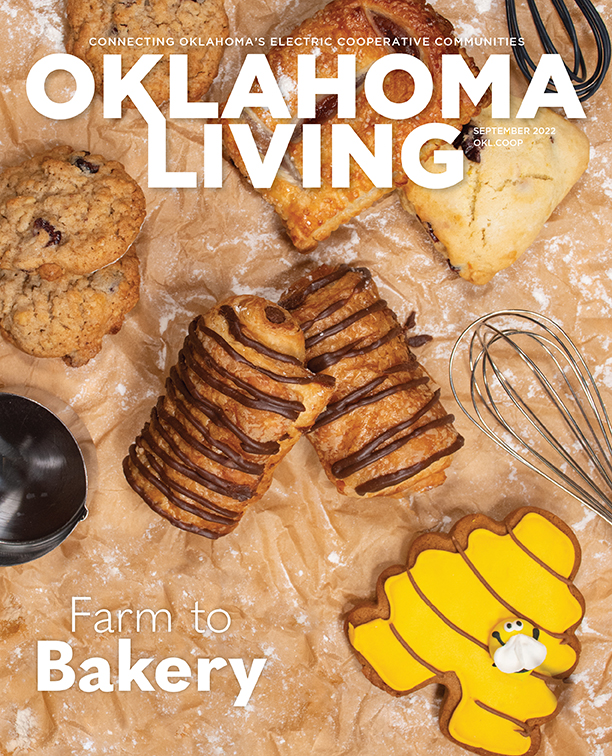Help Your Plants Survive Summer Heat
Oklahoma heat can be tough on plants, but with a few steps you can help them survive.

July is upon us. Although the spring was cooler and rainier than normal, it had to quit raining sometime. How can you help your plants survive summer heat?
First, carefully select your plants. Always read plant tags and do a quick search online before adding new vegetation to your landscape. If the tag states the plant needs partial sun, in Oklahoma, it needs shade, or at least only morning sun. Our climate conditions are harsh for many reasons, but our summers can be brutal. We don’t have cool nights to revive plants, and we don’t have high humidity either. I know it feels humid, but trust me, the southeastern U.S. is dripping wet in comparison.
Plants that require partial to full shade in our climate are most Japanese maples (unless they are planted on the north side of your home), many hydrangea varieties, including H. macrophylla (H. paniculata and H. quercifolia can handle more sun than big-leaved hydrangeas), heucheras, epimediums, many ferns and hostas.
In full sun, you need tough plants. These include: salvias, Phlox paniculata, perennial and tropical hibiscus, daylilies, most ornamental grasses, monarda, gaillardia, black-eyed Susans and baptisias. Most prairie plants handle our heat very well. They will still need supplemental water during the hottest part of the summer.
If you didn’t plan ahead for watering, don’t despair. You can still install drip irrigation or soaker hoses. Because my garden is so large, I have three separate systems to water it. About 10 years ago, we installed Netafim drip irrigation throughout the garden beds, but that system was pricey. For 25 years beforehand, I used soaker hoses, and I still water several raised beds with soaker hoses on timers. I water the containers on my deck with a drip line system on a timer. I don’t want to waste water or overtax my water well. Therefore, I have timers set on the soaker hoses for 15 minutes each from early morning to mid-morning. This is to take advantage of cooler night temperatures and to not waste water. Drip irrigation also waters deeply. Using a handheld spray nozzle doesn’t encourage deep roots. Plus, when it’s 90 degrees out, you won’t want to go out and water by hand. I do keep a spray nozzle handy for the deck containers if temperatures rise too high and dry out my pots. You can also water manually with the timers.
For container gardens use the largest containers you can find because these stay moist longer. I love the look of terra-cotta pots, but I don’t use them for anything other than succulents or for plants grown in partial shade. Glazed pots are ideal, but pricey. Good quality plastic pots also work well. Plus, they have the advantage of being much more lightweight in case you need to move them.
Mulch is your summer garden’s best friend. You can mulch with compost or fine pine bark which will degrade and enrich your soil over time. Never mix wood mulch into garden bed soil. Just lay two inches on top and around plants. Mulch not only keeps soil moisture more consistent, it also improves the look of your landscape and keeps soil cooler. I prefer not to use dyed mulches because they look artificial and fade over summer.
With careful plant selection, drip water systems, and mulch, your plants will survive and thrive in spite of the summer heat. In fall, you’ll have the satisfaction of saving your garden just in time to enjoy those cooler temperatures. Be sure to take time to enjoy your handiwork.
Sign up for our Oklahoma Living Newsletter


